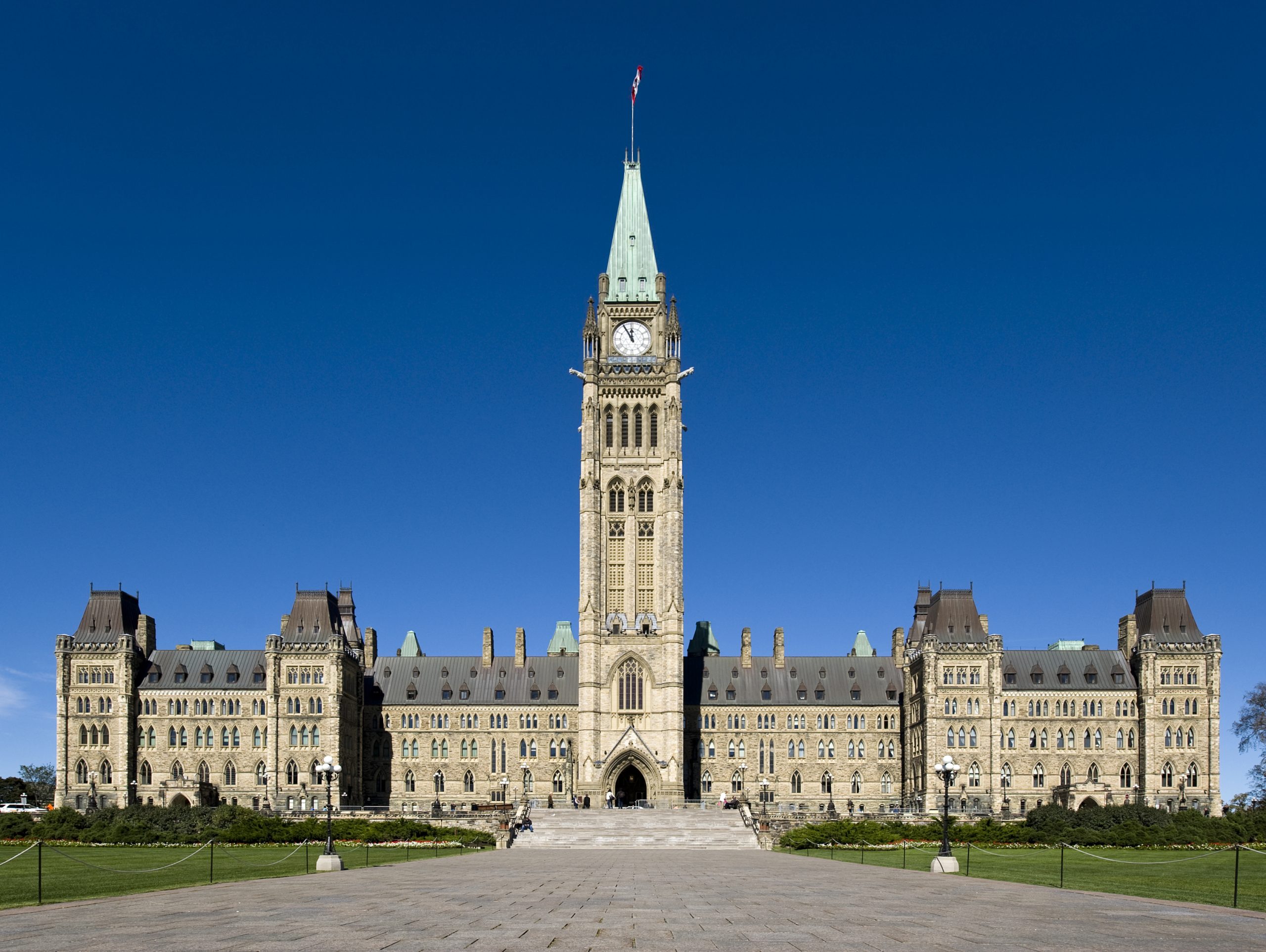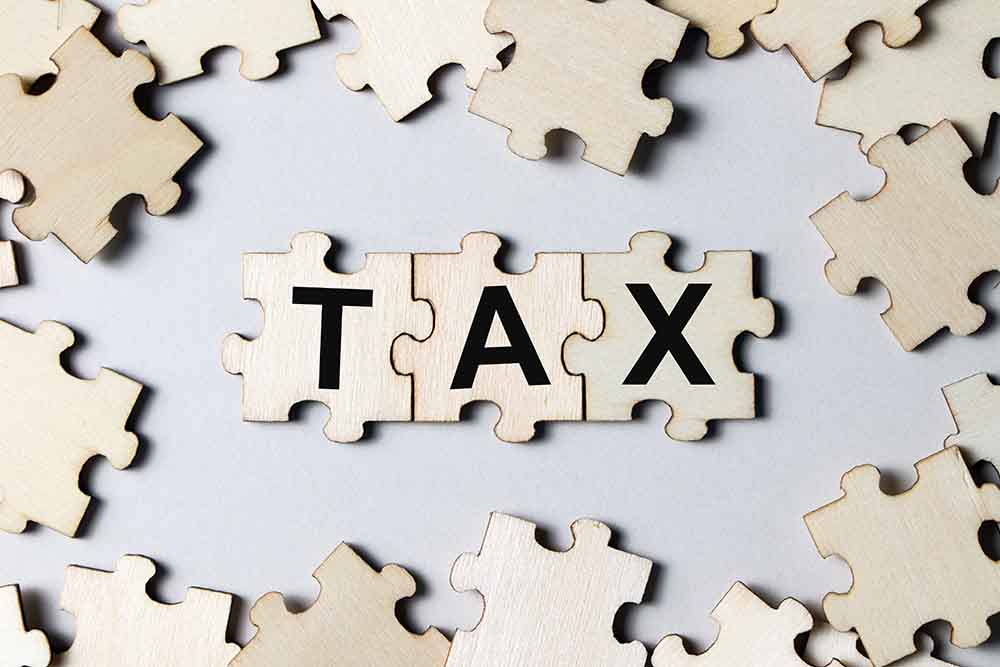Executive Summary
“Its preferred interpretation shall reasonably restrain most the growth of government.”
-Taxpayer ’s Bill of Rights,TABOR Amendment:Colorado Constitution,Article X-Revenue,Section 20
TABOR (the Taxpayer’s Bill of Rights) is a tax-and-spending imitation, constitutional amendment.
TABOR was passed in 1992 by the voters, and is contained in Article X, Section 20,of the Colorado Constitution. TABOR’s stated mission is to “reasonably restrain most the growth of government.” It allows only those tax rate increases approved by voters; while fees are not directly restricted, state government spending is limited to growth of Colorado’s population-plus-inflation in the prior year.
Colorado has in TABOR the strictest tax-and-spending limitation of the 50 states. This paper analyzes TABOR’s effect on Colorado, contrasting taxing and spending before and after enactment of TABOR.
Ten fiscal years have passed since 1992; this Issue Paper compares ten years of TABOR performance to the preceding ten years. Colorado state documents —Comprehensive Annual Financial Reports (CAFR) and “Colorado Economic Perspective” (Office of State Planning and Budgeting)—provide the data.
In the decade before TABOR, Colorado state revenues and outlays (spending) grew well over twice the population-plus-inflation growth (See Fig.1).With TABOR, all three were very close, indicating TABOR had significantly restrained and controlled Colorado government growth.
Though TABOR was part of the “go-go nineties,” its measured effects on government and non-government employment and distribution were quite impressive (See Fig.2).Pre-TABOR, government jobs grew slightly more than business or total employment. After TABOR, business job growth nearly doubled that of government job growth.
The TABOR surplus rebate mechanism returned to taxpayers some $3.25 billion over five years, fiscal 1997 to 2001,amounting to about $800 per capita —$3,200 for an average family of four. TABOR is a success. It passed its own test to reasonably contain growth of Colorado government, taxing and spending.
Frontier Policy Series Paper 21 – A Decade of TABOR – Ten Years After: Analysis of Colorado’s


